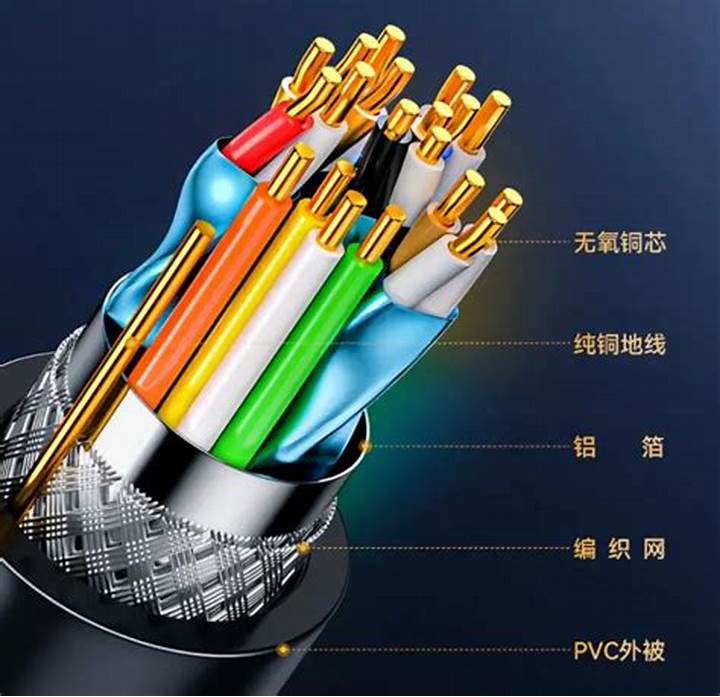The differences between tinned wire and pure copper wire

Tin-plated copper is certainly more expensive than bare copper of the same size. This is because the price of tin is higher than that of copper, and the processing cost is around 2000 yuan/ton.
Tin-plating copper wires can prevent the insulation glue from sticking to the wires, discoloration, and embrittlement of the core, and improve its solderability. Tin-plated copper wires are mainly used in rubber-insulated mining cables, flexible wires, flexible cables, and marine cables, etc. They serve as conductive cores and as the outer shielding braid and brushing of the cables.
Tin-plating of copper wire refers to the process of coating a thin layer of metallic tin on the surface of the copper wire. The reasons are as follows:
1. The main purpose of tin-plating copper wire is to prevent copper from being oxidized into patina (chemical formula CU2(OH)2CO3) when exposed to air. However, patina has poor conductivity and increases resistance. Tin-plated copper wire can prevent the oxidation-reduction reaction that produces patina; it can increase heat dissipation; it can improve conductivity and the performance of the wire.
2. In addition, tin-plating copper wire can also prevent the insulation glue from becoming sticky, prevent the core from discoloring and becoming brittle, and improve its solderability. Tin-plated copper wires are mainly used in rubber-insulated mining cables, flexible wires, flexible cables, and marine cables, etc. They serve as conductive cores and as the outer shielding braid and brushing of the cables.
Bare copper wire is made by drawing pure copper rods into copper wire. The material is single, both inside and outside are copper metal, and the appearance is yellow, with the color being deeper or lighter depending on the purity of the copper. Physically speaking, bare copper wire is relatively soft and has excellent conductivity.
The process of tin-plated copper wire is slightly more complex than that of bare copper wire, such as UL1007, UL1015, UL1061, UL1571, UL1095, UL1430 electronic wires, UL rehearsal lines, UL2651 gray flat lines, UL2468, UL terminal lines, UL lines, UL flexible flat lines, PE lines, UL1332, UL1333, UL. UL1672 double-insulated wires, UL20080 flexible flat cables, heat-resistant tubes, Teflon tubes, silicone tubes. After pure copper rods are drawn into wires, a thin layer of tin is plated on the surface of the copper wire through a hot-dip tin process, becoming tin-plated copper wire. The appearance of this wire is silver because tin is a silver metal. Tin-plated copper wire is made of soft material and has good conductivity. Compared with bare copper wire, it has stronger corrosion resistance and antioxidant properties, which can greatly extend the service life of low-voltage cables.






